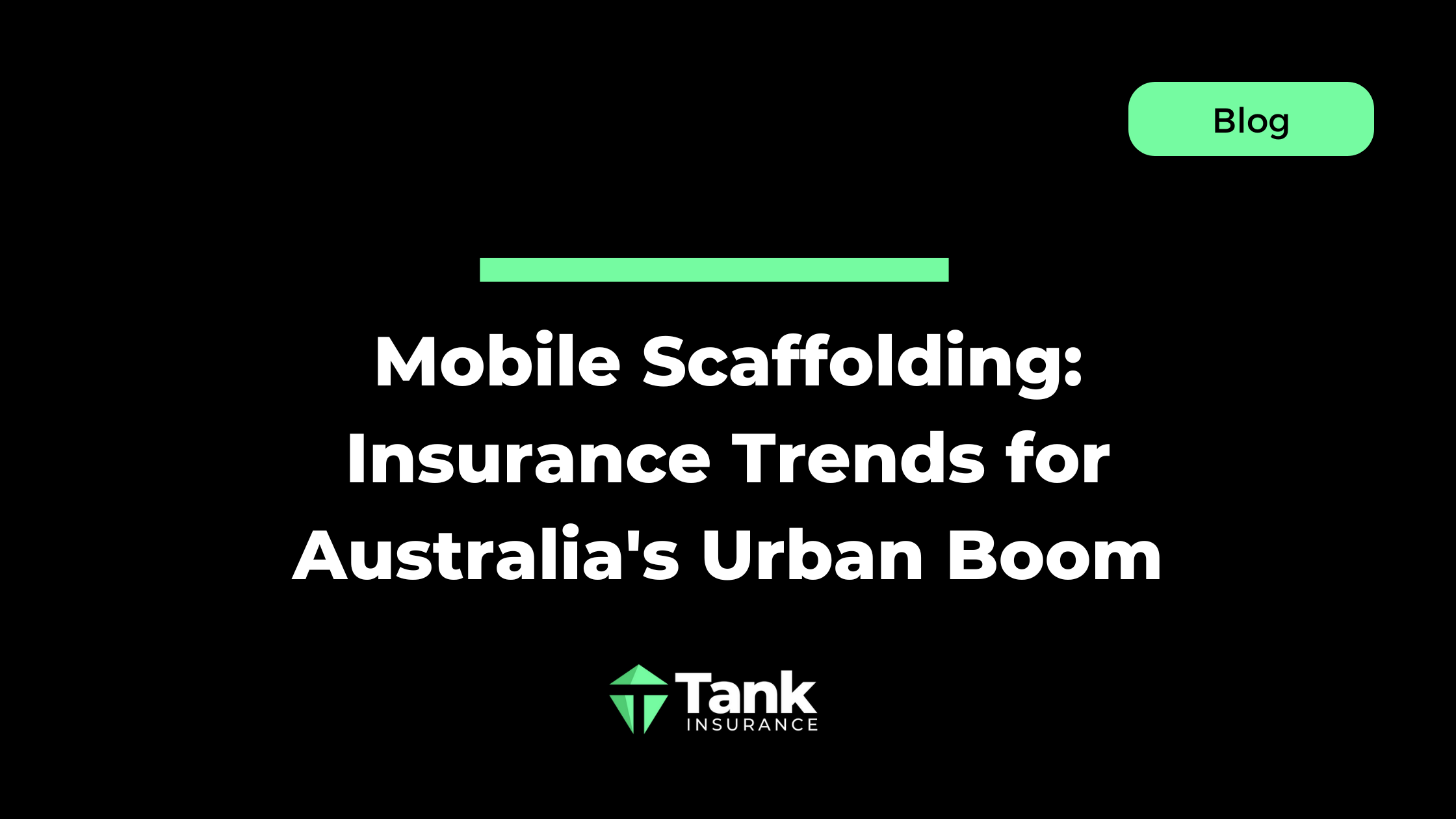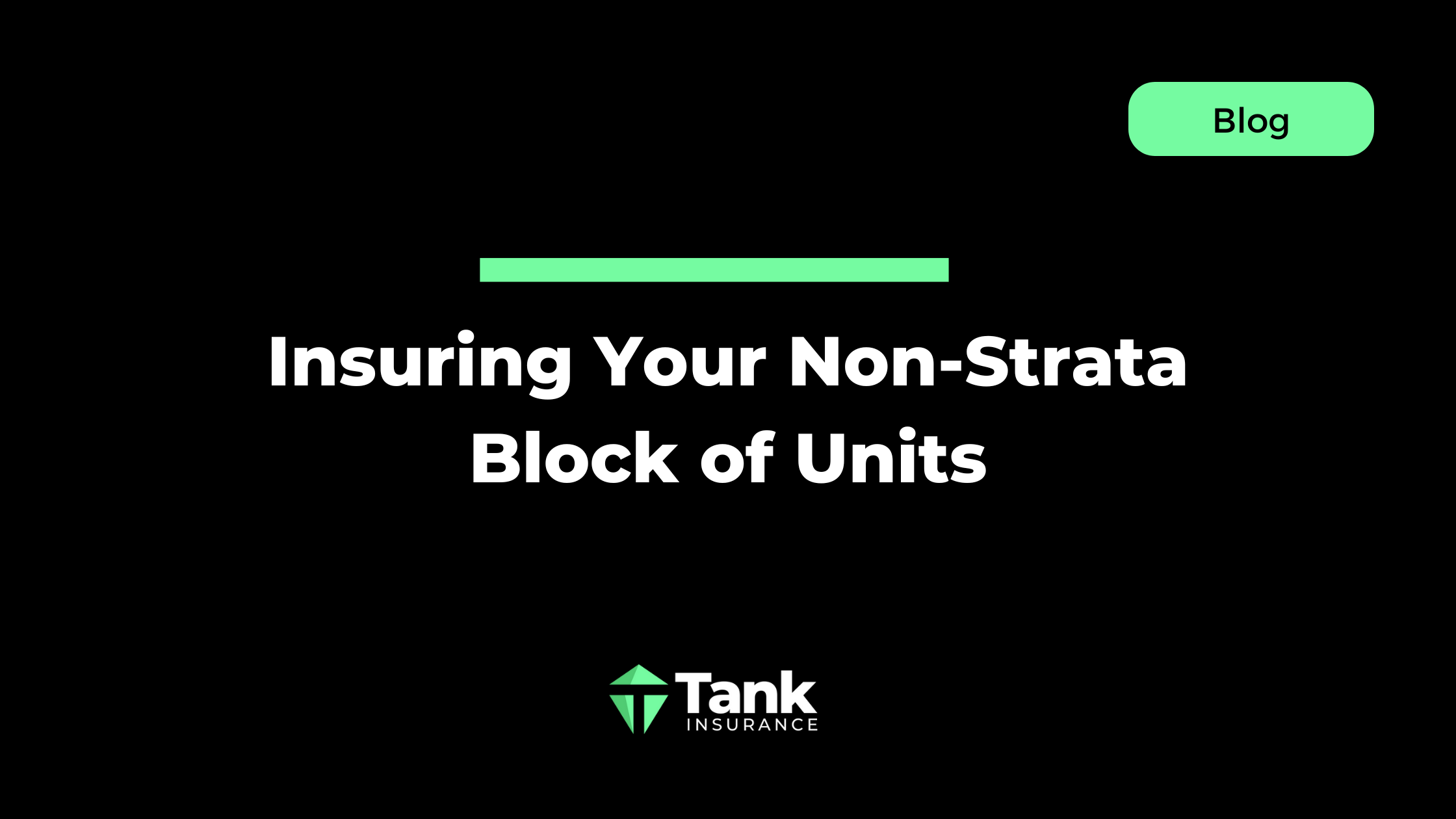As a scaffold designer working on construction sites across Australia, you play a key role in ensuring structures are safe and efficient. But even with careful planning, issues can arise from design oversights or unexpected site conditions.

That's where Professional Indemnity (PI) Insurance comes in. It's designed to cover the costs if a client claims your work led to financial loss.
In simple terms, if a client takes legal action because they believe your design contributed to an issue, PI Insurance can handle the legal fees, settlements or compensation.
Why Scaffold Designers Need This Cover
Scaffold design involves technical knowledge and regulatory compliance, making it a field where claims can occur.
Whether you're an independent designer or part of a larger firm, having Professional Indemnity Insurance is often essential for several reasons including:
- Meeting Client Expectations: Many construction contracts require proof of PI Cover before you can start work.
- Handling Regulatory Changes: In New South Wales (NSW), for example, building practitioners, including those involved in design, will soon face mandatory PI requirements under the Design and Building Practitioners Act.
Similar rules could apply in other states. - Managing Business Risks: Construction projects can involve high stakes and errors in scaffold design might lead to rework or safety concerns, prompting claims.
What Does It Typically Cover for Scaffold Designers?
PI policies can vary but they generally include key elements tailored to design professions.
Here's a breakdown:
- Claims for Negligence or Errors: If your scaffold design leads to a structural issue, the policy can cover compensation and defence costs.
- Breach of Professional Duty: This includes failing to meet industry standards, such as those guidelines or standards from Safe Work Australia or local building codes.
- Legal and Investigation Expenses: Costs for lawyers, expert witnesses and regulatory inquiries.
- Civil Liability: Protection against claims for misleading advice or intellectual property disputes related to designs.
Exclusions might apply, like intentional misconduct or known prior issues, so it's worth checking policy details.
For scaffold designers offering consultancy or engineering services, higher limits are common to match project scales.
Factors Influencing Professional Indemnity Insurance Costs for Scaffold Designers
Premiums depend on your business profile but understanding them helps in budgeting.
Common factors include:
- Annual Turnover and Staff Size: Higher revenue often means higher premiums as it reflects larger project exposure.
- Claims History: A clean record can lower costs while past issues might increase them.
- Cover Limits and Excess: Opting for a higher cover suits bigger jobs but a higher excess can reduce premiums.
As an insurance brokerage, our team at Tank Insurance can compare quotes from multiple providers to find competitive rates for scaffold designers like you.
Securing the Right Professional Indemnity Cover
If you're a scaffold designer looking into insurance, start by assessing your services: do you focus on design, installation advice or both? Then, gather details like your turnover and project types.
At Tank Insurance, we can guide you through the process, connecting you with insurers who understand the scaffolding industry. We can help tailor a policy that fits, whether you're just starting or expanding.
Feel free to reach out to us at team@tankinsurance.com.au or at 02 9000 1155.
Professional Indemnity Insurance for scaffold designers is about practical risk management in a demanding field. With regulatory changes and claims data in mind, it's worth considering how this cover aligns with your work.



